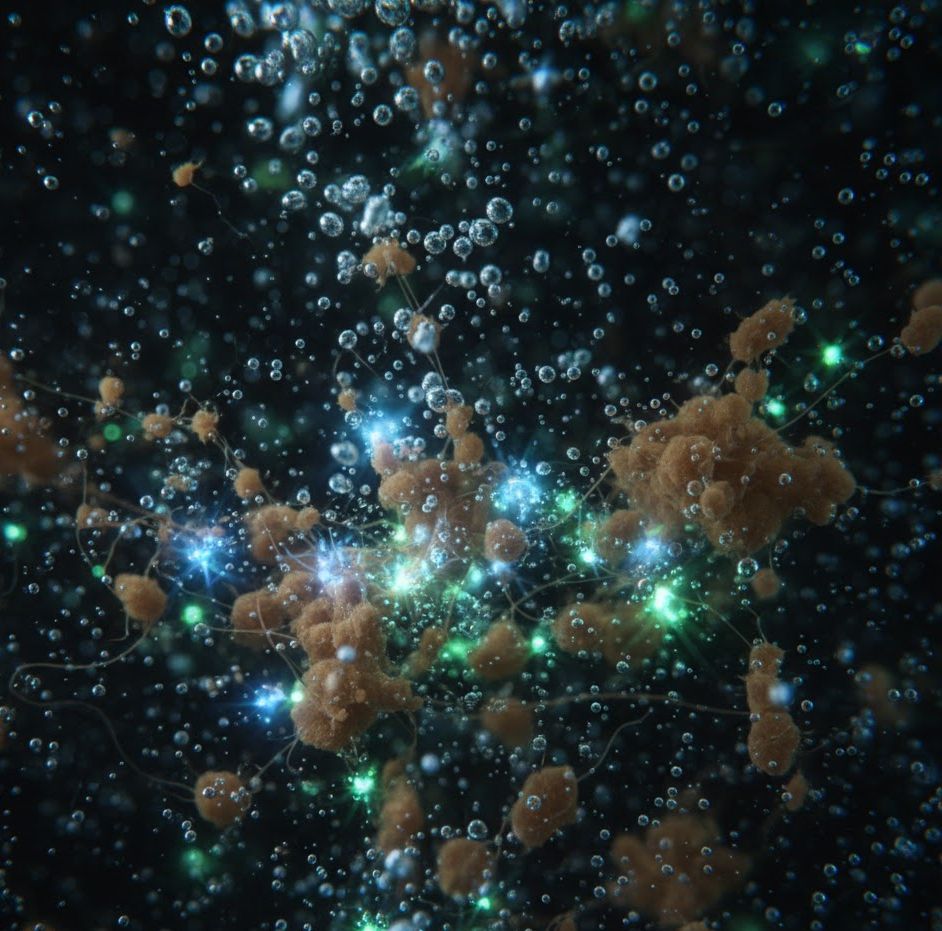Not all wastewater is created equal. Industrial wastewater poses a unique challenge due to the wide variety of pollutants it can contain, from heavy metals and complex chemicals to oils and suspended solids. Understanding its treatment is not just a matter of compliance, but of efficiency and safety.
To demystify the process, we can break it down into three fundamental stages. Each has a specific objective and uses different technologies to progressively purify the water.

Stage 1: Primary Treatment - The First Physical Barrier
The goal of primary treatment is simple but crucial: to remove large solids. Think of it as a large strainer. This phase removes physical items that could damage or clog the equipment in the subsequent stages of the process.
The most common technologies here are:
- Screening: Bars, screens, and meshes that capture large objects like plastics, rags, or metal fragments.
- Sedimentation: Water is held in large tanks so that heavier solids (like sand or sludge) settle to the bottom by gravity.
This stage prepares the water for a deeper treatment by removing the most obvious contaminants.
Stage 2: Secondary Treatment - Biology at the Service of Water
Once the large solids are removed, the challenge is to treat dissolved organic matter and other pollutants not visible to the naked eye. This is where biology comes into play. Secondary treatment uses living microorganisms (bacteria and others) that feed on the organic matter, cleaning the water naturally.
This biological process is essential for reducing the biochemical oxygen demand (BOD), a key indicator of water pollution. Although highly effective, for many industries, it is not sufficient to meet regulations or to allow for water reuse.

Stage 3: Tertiary Treatment - The Expert Level for Industry
This is the finishing and specialization phase, and it is essential in the industrial sector. Tertiary treatment is designed to remove specific pollutants that the previous stages cannot address, such as:
- Heavy metals (chromium, nickel, lead).
- Specific chemical compounds.
- Nitrogen, phosphorus, and dissolved salts.
This is where advanced technologies like reverse osmosis, ion exchange, and notably, vacuum evaporation are applied. At Naelan Agua, we specialize in the latter, a robust and versatile technology capable of concentrating pollutants and generating very high-quality water, ideal for direct reuse in the production process, thus achieving the goal of Zero Liquid Discharge.
Conclusion: A Solution for Every Need
Understanding these three stages shows that there is no one-size-fits-all solution for industrial water treatment. Each sector and every process requires a detailed analysis to design the most efficient and cost-effective combination of technologies.
At Naelan Agua, we are specialists in designing customized solutions, with a particular focus on advanced tertiary treatments that allow our clients not only to comply with the law but also to save costs and protect the environment.
Contact us and discover the treatment your company needs.
